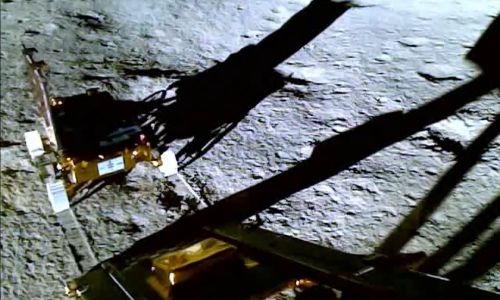Japan’s ‘Moon Sniper’ mission looks to match Indian success
AFP | Tokyo
The Daily Tribune – www.newsofbahrain.com
Hot on the heels of India’s historic lunar landing, Japan’s space programme is hoping to rebound from a string of setbacks next week with the launch of its own mission: “Moon Sniper”.
The rocket will carry a lander expected to reach the Moon’s surface in four to six months as well as an x-ray imaging satellite designed to investigate the evolution of the universe.
The launch is scheduled to take place Monday after bad weather pushed it back by a day, the Japan Aerospace Exploration Agency (JAXA) said Friday.
Japan’s space programme is one of the world’s largest, but its first attempt to put a lander on the Moon failed in November 2022, and a new type of rocket exploded during a test last month. JAXA’s hopes are now centred on the “Smart Lander for Investigating Moon”.
As its acronym suggests, SLIM is small and light, standing 2.4 metres (7.9 feet) high, 2.7 metres wide and 1.7 metres long, and weighing around 700 kilogrammes (1,545 pounds). Dubbed the “Moon Sniper” for its precision, JAXA is aiming to land it within 100 metres of a specific target on the Moon, far less than the usual range of several kilometres.
Using a palm-sized mini rover that can change shape, the probe -- developed with a toy company -- aims to investigate how the Moon was formed by examining exposed pieces of the lunar mantle.
“Lunar landing remains a very difficult technology,” Shinichiro Sakai from the SLIM project team told reporters on Thursday while paying homage to India’s success.
“To follow suit, we will do our best in our own operations,” Sakai said. - India success - On Wednesday, India landed a craft near the Moon’s south pole, a historic triumph for the world’s most populous nation and its lowcost space programme.
Previously, only the United States, Russia and China had managed to put a spacecraft on the lunar surface, and none on the south pole.
India’s success came days after a Russian probe crashed in the same region and four years after the previous Indian attempt failed at the last moment.
Related Posts

